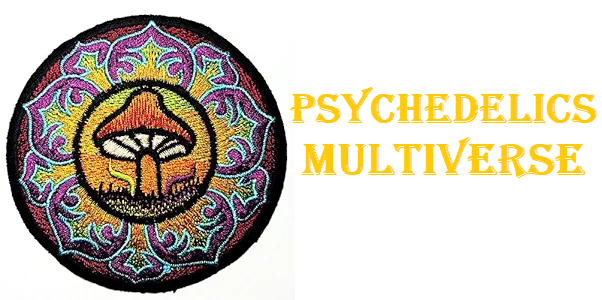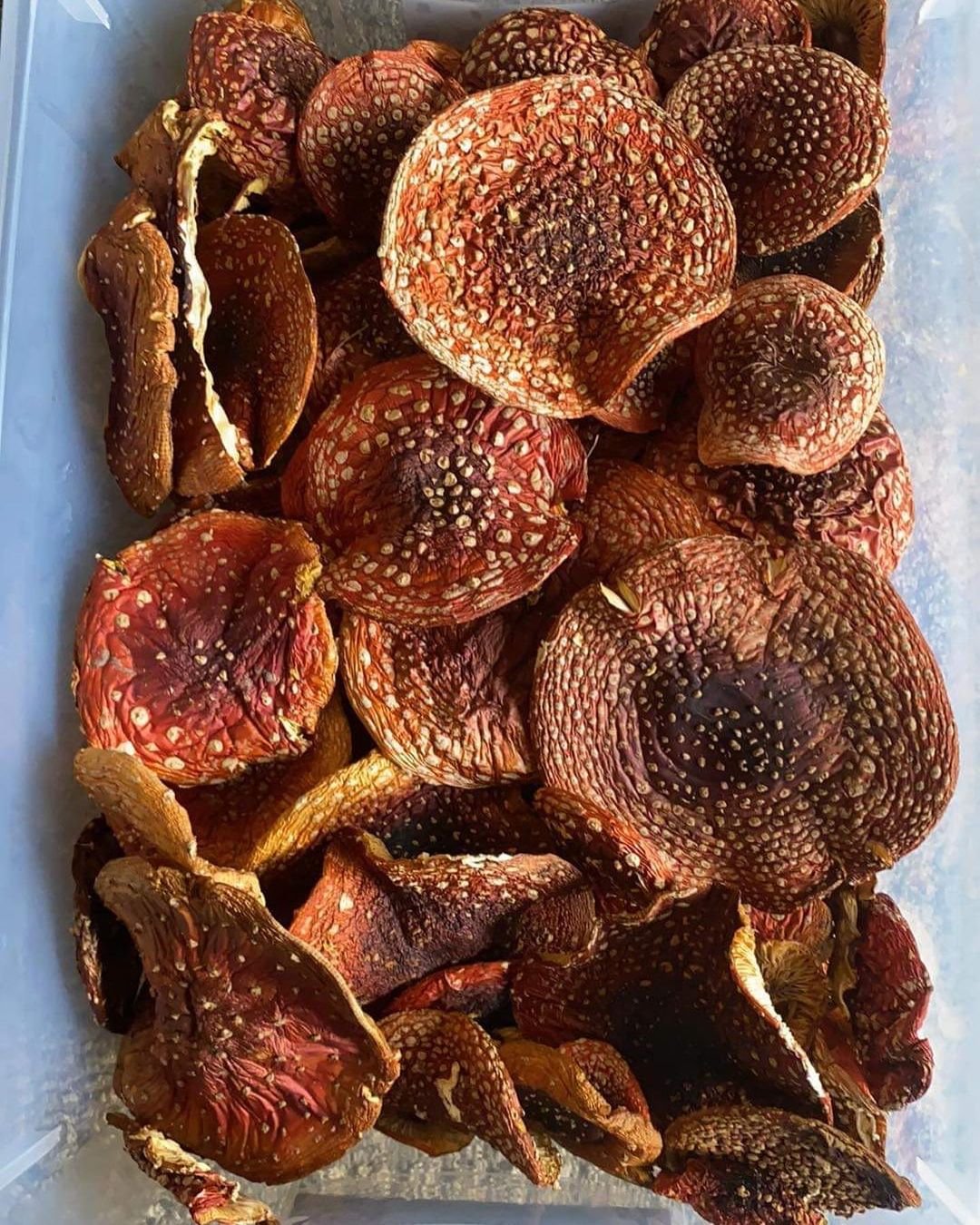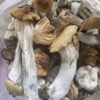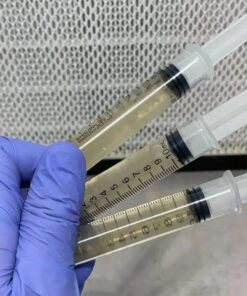Amanita Muscaria
$170.00 Original price was: $170.00.$150.00Current price is: $150.00.

Amanita Muscaria
Amanita muscaria, also known as the fly agaric, is a distinctive and iconic mushroom species that has captivated human imagination for centuries. With its vibrant red cap speckled with white spots, Amanita muscaria is instantly recognizable and has become a symbol in folklore, literature, and popular culture.
999 in stock

Amanita Muscaria
Amanita muscaria, also known as the fly agaric, is a distinctive and iconic mushroom species that has captivated human imagination for centuries. With its vibrant red cap speckled with white spots, Amanita muscaria is instantly recognizable and has become a symbol in folklore, literature, and popular culture.
Amanita muscaria is a member of the Amanita genus, which includes various other mushroom species. It is found in temperate and boreal regions of the northern hemisphere, particularly in Europe, Asia, and North America. The mushroom typically grows in association with certain tree species, such as birch, pine, and spruce.
buy Amanita Muscaria
The most prominent feature of Amanita muscaria is its distinct appearance. The cap is usually bright red or orange-red and can range in size from 5 to 20 centimeters in diameter. It is often covered in white warts or spots, which are remnants of the protective veil that encases the mushroom when it is young. As the mushroom matures, the cap expands, and the veil breaks, leaving behind a ring or skirt-like structure on the stem.
The stem of Amanita muscaria is typically white or cream-colored, with a fibrous texture. It can reach heights of 10 to 20 centimeters and is often bulbous at the base. The mushroom possesses a partial veil that forms a ring on the stem when the cap expands. This ring, known as an annulus, can vary in appearance from white to yellow or even brown.
Amanita Muscaria for sale
Amanita muscaria is known for its psychoactive properties. It contains several compounds, including ibotenic acid and muscimol, which are responsible for its effects. These compounds have been used traditionally by indigenous cultures for ceremonial and ritual purposes.
The effects of consuming Amanita muscaria can vary depending on the dosage, individual sensitivity, and preparation method. The mushroom is known to exhibit both stimulating and sedative properties. In lower doses, it can induce feelings of euphoria, relaxation, and a sense of well-being. Higher doses can lead to more intense experiences, including visual distortions, auditory hallucinations, and altered perception of time and space.
Amanita Muscaria near me
It’s important to note that Amanita muscaria contains toxins that can cause adverse reactions if not properly prepared. Traditionally, indigenous cultures have employed various methods to detoxify the mushroom before consumption. These methods often involve drying, boiling, or fermenting the mushroom to reduce its toxic content. However, it’s crucial to exercise caution and seek expert guidance if considering the consumption of Amanita muscaria.
Amanita muscaria’s rich history and cultural significance are also worth exploring. The mushroom has long been associated with folklore, mythology, and spiritual practices. It has been depicted in various ancient artworks, fairy tales, and religious texts. In some cultures, Amanita muscaria has been associated with shamanism and used as a tool for spiritual journeying, divination, and healing.
buy Amanita Muscaria online
It’s important to mention that the consumption of Amanita muscaria carries potential risks and should be approached with caution. The toxins present in the mushroom can cause nausea, vomiting, dizziness, and other adverse effects. Additionally, misidentification and accidental ingestion of poisonous look-alike species can lead to serious health consequences.
In conclusion, Amanita muscaria is a visually striking mushroom species with a rich cultural history. Its vibrant red cap with white spots and distinctive shape make it instantly recognizable. The mushroom’s psychoactive properties have intrigued and inspired humans for centuries, but it’s vital to exercise caution and seek expert guidance if considering its consumption. Understanding its toxicity, potential risks, and proper preparation methods is essential for a safe and informed experience.
Certainly! Here’s some more information about Amanita muscaria:
1. Traditional and Cultural Significance: Amanita muscaria has a long history of traditional and cultural significance. It has been used by indigenous cultures in various parts of the world for spiritual and ceremonial purposes. For example, the Sami people of northern Europe and the Siberian tribes have a deep cultural connection to this mushroom. It has been associated with shamanic practices, divination, and spiritual journeying. In some cultures, it is considered a sacred and powerful symbol.
2. Toxins and Detoxification: Amanita muscaria contains several toxins, including ibotenic acid and muscimol. These compounds can cause various adverse effects if not properly prepared. Traditional methods of detoxification involve drying, boiling, or fermenting the mushroom to reduce its toxicity. However, it’s important to note that detoxification methods can be complex and require expertise to ensure safety.
3. Psychoactive Effects: The psychoactive effects of Amanita muscaria are distinct from those of psilocybin-containing mushrooms. The main psychoactive compound, muscimol, acts as a central nervous system depressant. It can induce a dream-like state, altered perception, and a sense of relaxation. The effects can vary depending on individual sensitivity, dosage, and preparation method. It’s important to note that the effects can be unpredictable and can vary significantly from person to person.
4. Variability in Potency: The potency of Amanita muscaria can vary depending on various factors, such as the geographic location, season, and the specific subspecies or variety. It’s challenging to determine the exact potency of a given specimen, which makes it difficult to establish standardized dosages. It’s crucial to exercise caution and start with a low dose when experimenting with Amanita muscaria.
5. Poisonous Look-Alike Species: It’s important to be aware of the existence of poisonous look-alike species that resemble Amanita muscaria. One notable example is the Amanita pantherina, which can be mistaken for Amanita muscaria due to its similar appearance. Amanita pantherina contains potent toxins and can cause severe poisoning if ingested. Therefore, it’s crucial to be able to identify Amanita muscaria accurately and avoid misidentification.
6. Legal Status: The legal status of Amanita muscaria varies depending on the jurisdiction. In some countries, it is legal to possess and cultivate the mushroom for non-consumptive purposes, such as identification, study, or ornamental use. However, in many places, the possession, sale, or consumption of Amanita muscaria may be regulated or prohibited. It’s essential to research and understand the laws and regulations in your specific area.
7. Current Research: In recent years, there has been a renewed interest in studying the potential therapeutic applications of Amanita muscaria. Some researchers are exploring its potential in treating conditions such as depression, anxiety, and addiction. However, it’s important to note that research in this area is still in its early stages, and caution should be exercised when interpreting the findings.
As with any psychoactive substance, responsible use, thorough research, and proper preparation are crucial. It’s important to approach the consumption of Amanita muscaria with caution, respect, and a comprehensive understanding of the potential risks and legal considerations. Seeking guidance from experienced experts or mycologists can provide valuable insights and ensure a safe and informed experience.
| Quantity | Minimum, Maximum |
|---|
Be the first to review “Amanita Muscaria” Cancel reply
Related products
Magic Mushrooms
Edibles
Magic Mushrooms
Magic Mushrooms
Magic Mushrooms
Magic Mushrooms
Bestsellers
Magic Mushrooms

















Reviews
There are no reviews yet.